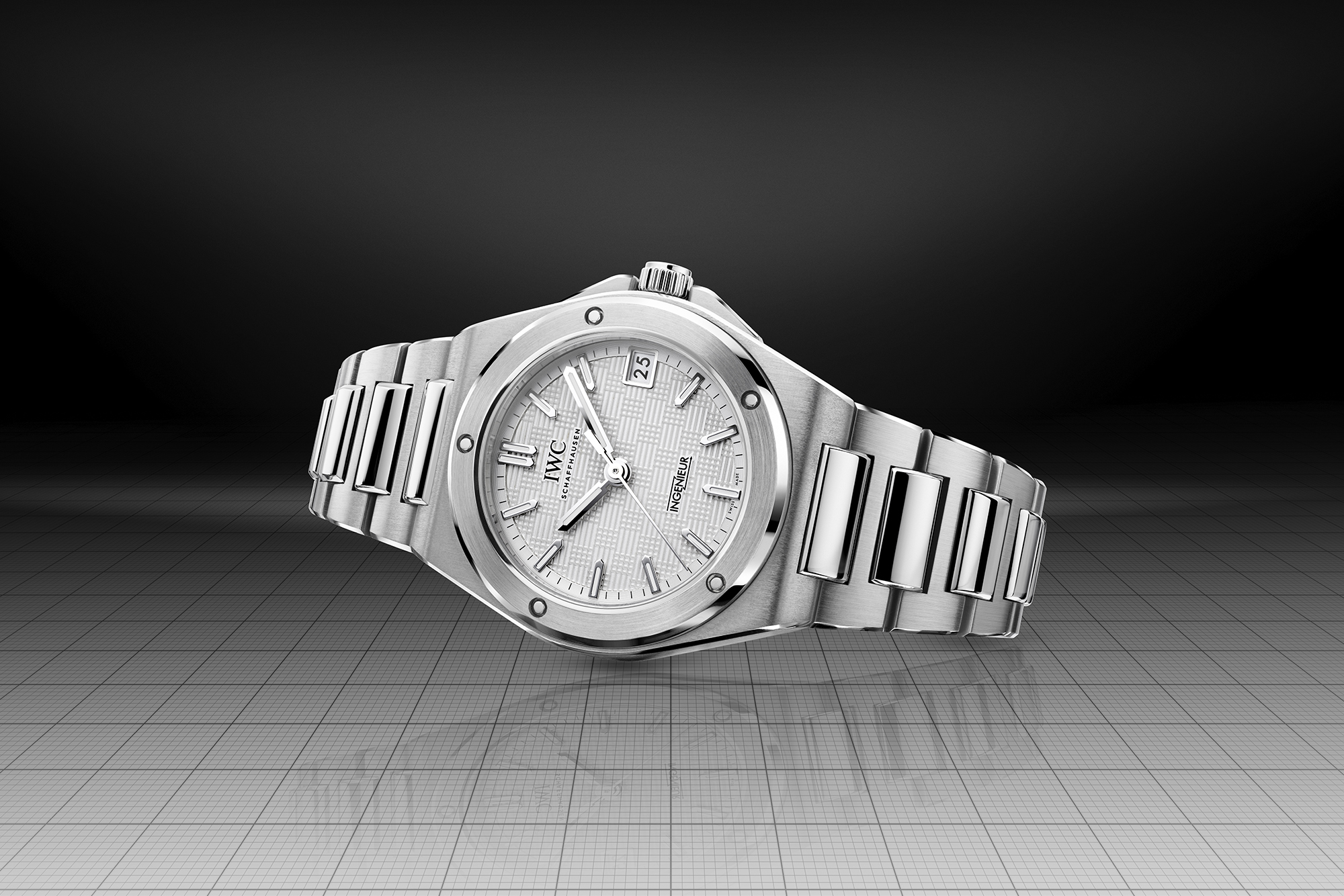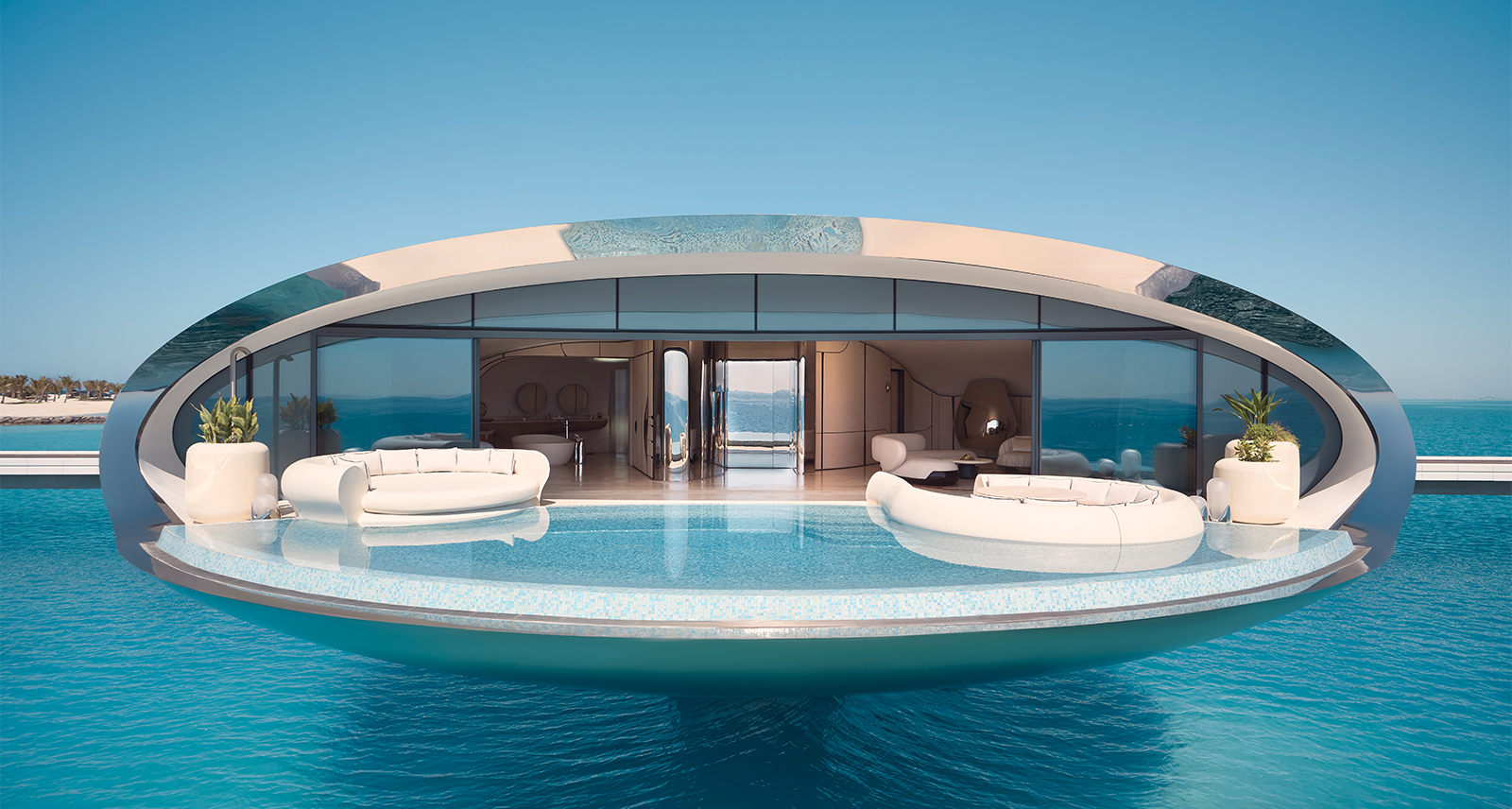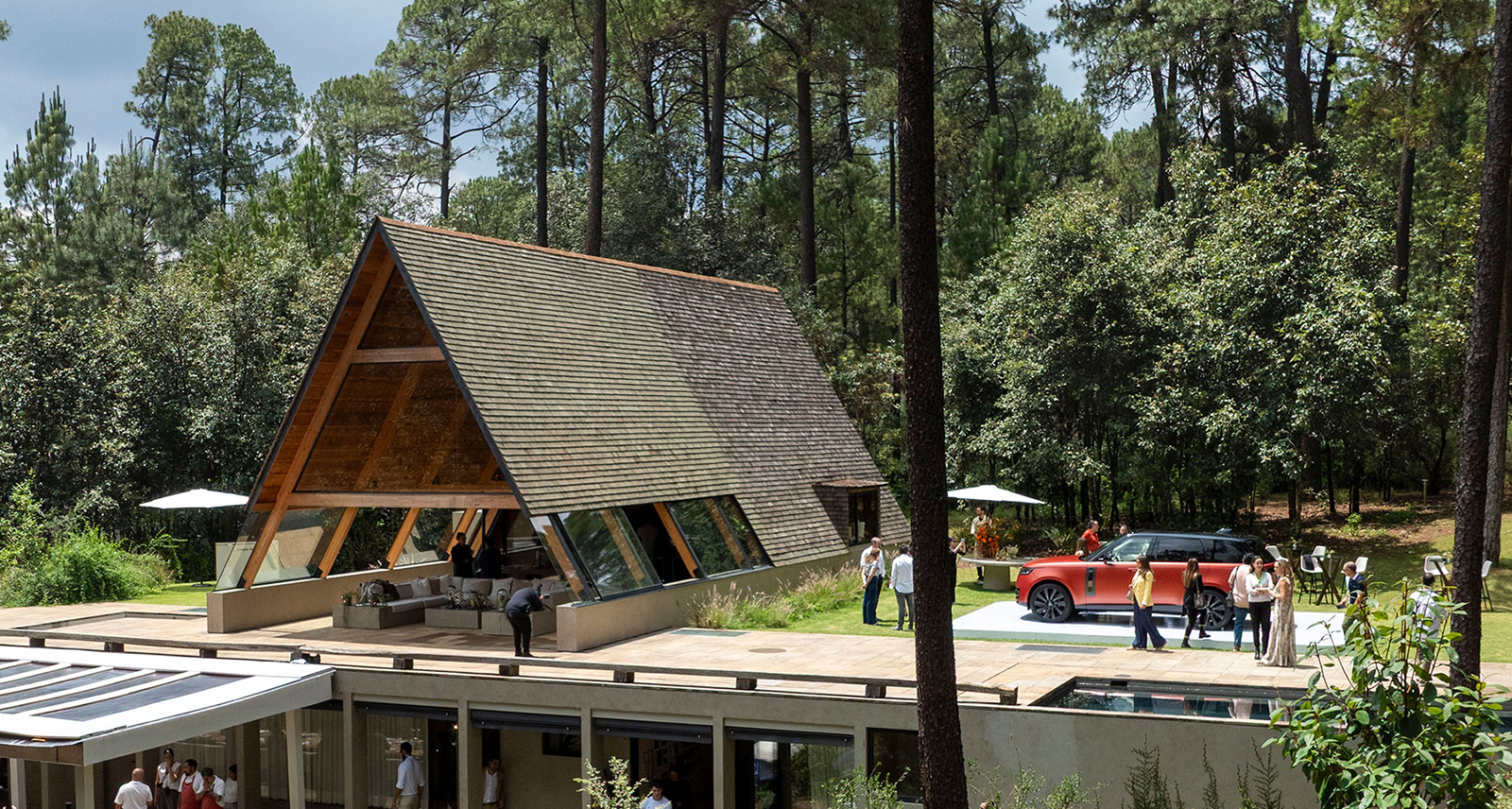Editor’s Letter: Smart City, Big Dreams
THE SEPTEMBER 2019 ISSUE OF SHARP, FEATURING COVER STAR BILL HADER, IS OUT NOW.
I’ve always had a thing for architectural renderings. I like their sincerity. There’s studied, calculated hope in a rendering (or a floor plan or a diagram) — all those little illustrated people living their best lives in the best-imagined version of a new place.
Over the summer, renderings for the Sidewalk Labs project in Toronto were released. The response, as you can imagine, was mixed. Sidewalk Labs, Google’s proposal to build the City of the Future on Toronto’s waterfront, is one of the most polarizing development projects in the country. Many believe the project, which will feature innovative data-collecting technology, is unnecessarily invasive, potentially even dangerous to our security and way of life. Others feel the opposite: that those technologies are the way of the future, so why not get in on the ground floor?
The one seemingly non-polarizing piece of the Sidewalk Labs puzzle is the design. Taken as architecture itself, divorced from the potential corporate overreach and the dizzying techno-politics, the renderings for the brand new, 190-acre development are mesmerizing. I’ll admit I stared at them for more than a few minutes, getting lost in their exciting timber-framed vision. I shouldn’t have been surprised — one of the firms behind them is Snøhetta.
Snøhetta, the Oslo– and New York–based architecture firm celebrating its 30th anniversary this year, has been quietly reimagining the cities we live in library by library, museum by museum. You might already be familiar with their work. If not, think of them as the architect’s architecture firm, quietly outdoing many of their splashier counterparts.
In his profile of the firm in this issue, Matthew Hague dives deep into what makes Snøhetta such a compelling force in architecture right now. He discovers an organization dedicated to the world-changing power of good design. (Which makes it a nice fit alongside all the pages of fall fashion, I think. It is the September issue, after all.)
What I like most about architectural drawings is the space they represent between imagination and the built reality — a distance that can often span many years and many hundreds of millions of dollars. Construction is a long and messy journey, to say nothing of approval processes and budget setbacks and, in the case of Sidewalk Labs, civic unrest over desperate existential questions. A rendering, though, transcends all that. They’re not just plans — they’re dreams. And those are worth everything that comes between.
Peter Saltsman
Editor-in-Chief










